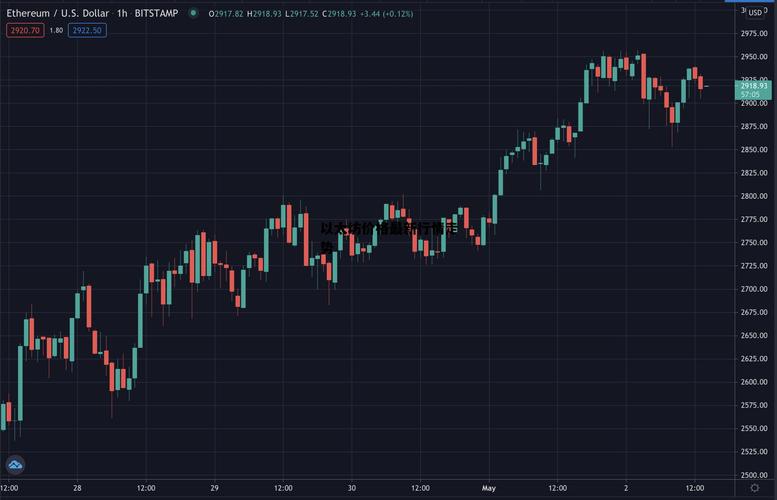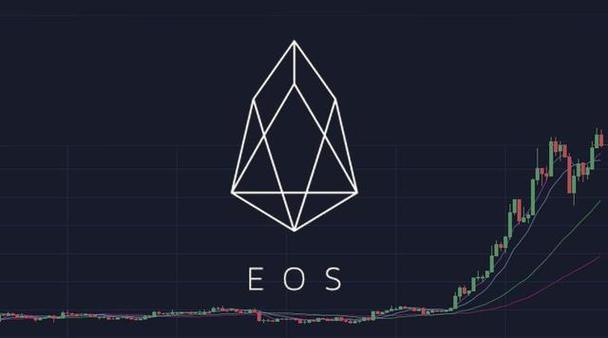
EOS, ETH, Binance: A Comprehensive Guide
When it comes to the world of cryptocurrencies, EOS, ETH, and Binance are three names that stand out. Each of these entities plays a significant role in the crypto ecosystem, and understanding their unique features and functionalities can help you make informed decisions. In this article, we will delve into the details of EOS, ETH, and Binance, exploring their origins, functionalities, and how they interact with each other.
EOS: The Power of Decentralization
EOS is a blockchain platform that aims to solve the scalability issues faced by other cryptocurrencies. Launched in June 2018, EOS is designed to support decentralized applications (DApps) and smart contracts. Unlike Bitcoin and Ethereum, EOS operates on a unique consensus mechanism called Delegated Proof of Stake (DPoS), which allows for faster transaction speeds and lower fees.

EOS has several key features that make it stand out:
- Scalability: EOS can handle up to 100,000 transactions per second, making it one of the most scalable blockchain platforms.
- Free Transactions: EOS offers free transactions for users, which is a significant advantage over other cryptocurrencies.
- Smart Contracts: EOS supports smart contracts, allowing developers to build decentralized applications on its platform.
ETH: The King of Smart Contracts
Ethereum, often referred to as ETH, is a blockchain platform that introduced the concept of smart contracts. Launched in July 2015, Ethereum has become the go-to platform for developers looking to build decentralized applications. Its native cryptocurrency, ETH, is used to pay for transaction fees and as a medium of exchange on the platform.
Here are some of the key features of Ethereum:
- Smart Contracts: Ethereum’s most significant feature is its ability to execute smart contracts, which are self-executing contracts with the terms of the agreement directly written into lines of code.
- Decentralized Applications (DApps): Ethereum has been the platform of choice for many DApps, including popular ones like Uniswap and Decentraland.
- Gas Fees: Ethereum uses a gas fee system to pay for transaction processing, which can vary depending on network congestion.
Binance: The World’s Leading Cryptocurrency Exchange
Binance is a cryptocurrency exchange that has gained a reputation for its user-friendly interface, extensive range of trading pairs, and advanced trading features. Founded in 2017 by Changpeng Zhao, Binance has become the world’s leading cryptocurrency exchange by trading volume.

Here are some of the key features of Binance:
- Trading Pairs: Binance offers a vast array of trading pairs, allowing users to trade various cryptocurrencies against each other and against fiat currencies.
- Advanced Trading Features: Binance provides advanced trading features such as margin trading, futures trading, and options trading.
- Security: Binance has implemented several security measures to protect user funds, including two-factor authentication and cold storage for the majority of its assets.
EOS, ETH, and Binance: How They Interact
EOS, ETH, and Binance are three distinct entities, but they interact with each other in various ways. For instance, developers can build DApps on the EOS platform and list them on Binance for trading. Similarly, Ethereum-based tokens can be traded on Binance, and ETH can be used to pay for transaction fees on both EOS and Ethereum networks.
Here’s a table summarizing the interactions between EOS, ETH, and Binance:



